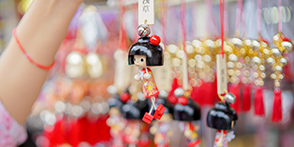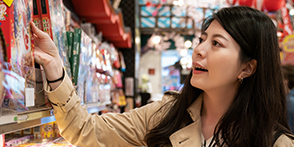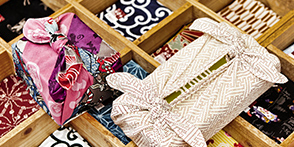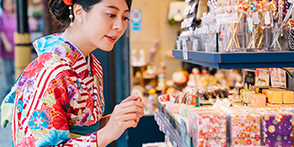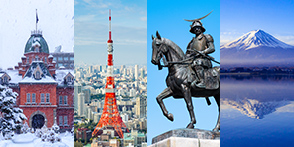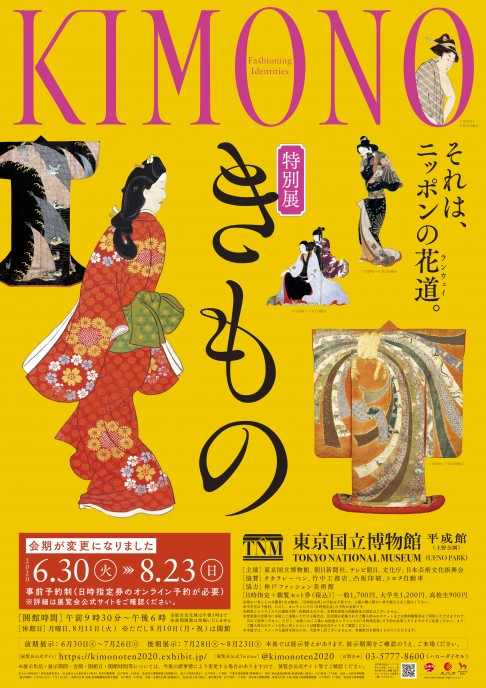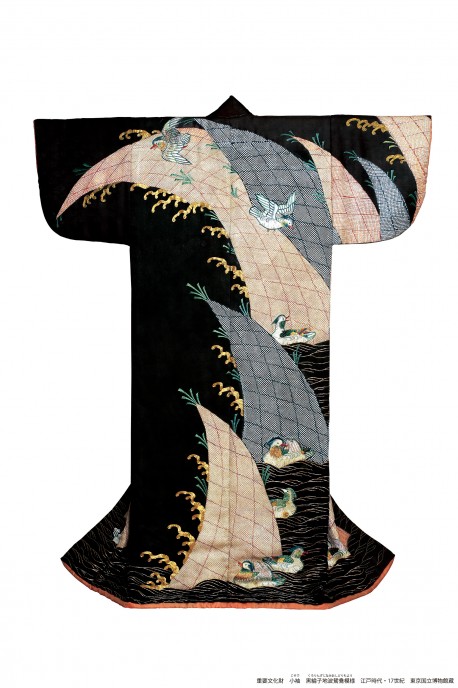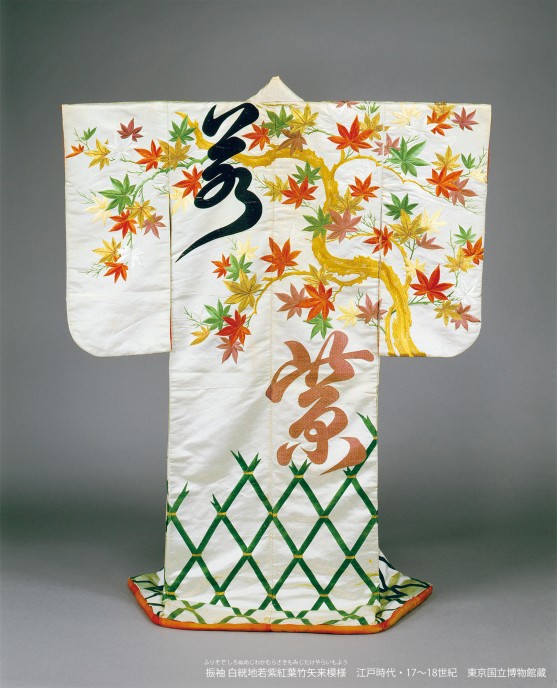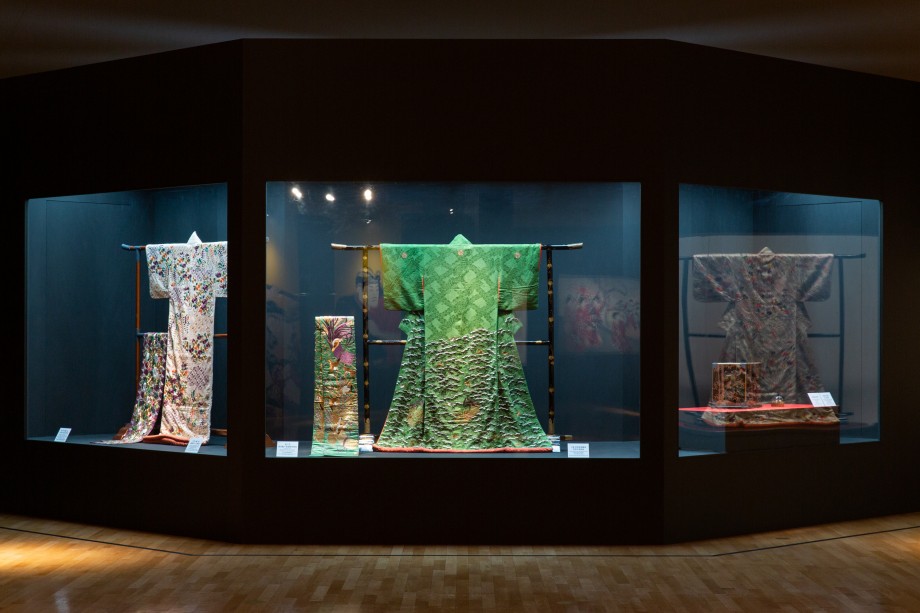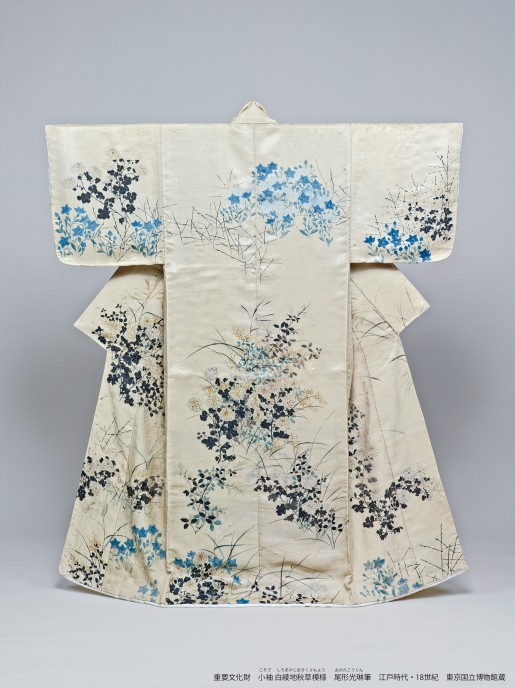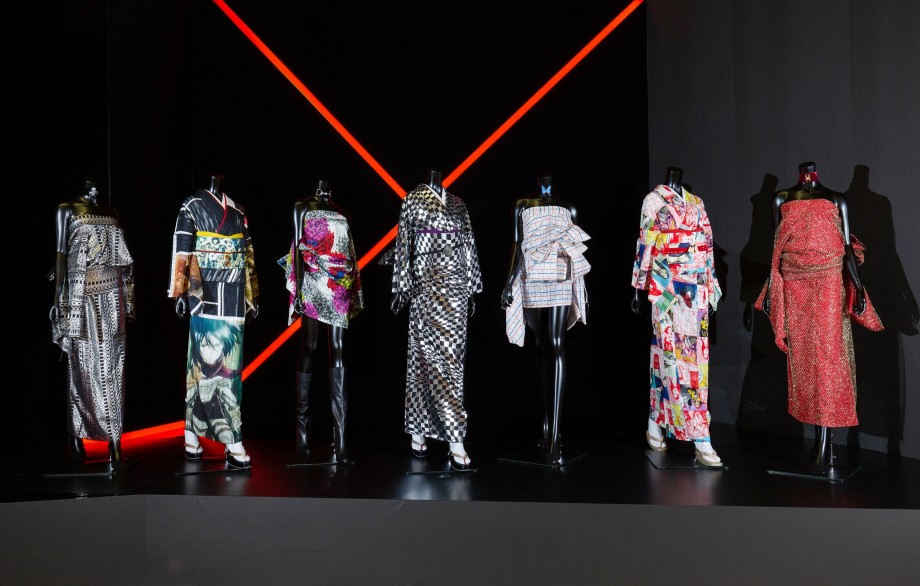- TOP
- Search
- Shopping reports search results
- All kinds of luxurious and gorgeous kimonos generals and princess loved ——— Special Exhibition "KIMONO"
All kinds of luxurious and gorgeous kimonos generals and princess loved ——— Special Exhibition "KIMONO"
-
Area
- Kanto
- Tokyo
-
Categories
- Recommendations
- Japanese culture
- Events
- Others
-
Update date
- 2020-08-13
More than 300 kimonos from the oldest one worn by aristocrats and the ones worn by Japanese historical figures such as Oda Nobunaga to contemporary ones designed by modern designers are exhibited. This exhibition traces kimono from its inception some eight hundred years ago to its role today and future as a symbol of Japanese culture. It is the biggest kimono exhibition of the best quality held in Tokyo National Museum and we bet you have never seen any kimono exhibitions like this before.
Kimono in the Edo period
In the Edo period, Kyoto and Edo (current Tokyo) were the epicenters of kimono trends. The town culture mainly created by rich merchants flourished and kimonos with various designs gained popularity
Black figured satin Kosode (short sleeves) kimono with mandarin ducks on the waves
This is a kimono with short sleeves which was popular among rich women in towns in the late 17th century. In Japan, bamboo shoot is a symbol for growth and mandarin duck is known as a symbol for soulmate and therefore considered as a symbol for good luck as well. The waves are majestic and the contrast between the blackness of the cloth itself and the golden embroideries is aesthetically pleasing.
Black figured satin Kosode (short sleeves) kimono with mandarin ducks on the waves
Edo period / Late 17th century
Stored in Tokyo National Museum
White satin Furisode (long sleeves) kimono with young purple, maples and the bamboo enclosure
The tale of Genji was written a millennium ago. Love novels were popular in the Edo period as well. The motif of this kimono is the volume of young purple from the tale of Genji and the kanji of “young” and “purple” are written on the kimono cloth. This Kimono is unique and interesting and it is like kanji T-shirts sold overseas. We can be excited from imagining the person who wore this.
White satin Furisode (long sleeves) kimono with young purple, maples and the bamboo enclosure
Edo period/17th-18th century
Stored in Tokyo National Museum
Parrot green crepe fabric Kosode (short sleeves) kimono with bamboos in snow and sparrows
This kimono was owned by Tenshoin Atsuhime, the wife of the 13th general of Tokugawa. Its overwhelming presence and beauty are breathtaking
The sparrows flying among snowy bamboos are adorable. The kimono looks like 3D with embroidered bamboos and sparrows. It is said that Atsuhime loved sparrows, so this one might have been her favorite.
Middle of the picture: Parrot green crepe fabric Kosode (short sleeves) kimono with bamboos in snow and sparrows
Worn by Tenshoin Atsuhime
Edo period/19th century
Stored in TOKUGAWA MEMORIAL FOUNDATION in Tokyo
Photo credit: Noriko Yamamoto
Kosode (short sleeves) kimono with the pattern of winter trees by Ogata Korin, a prominent artist in Japan
Ogata Korin was a talented painter in the Edo period. When he stayed with the Fuyuki, the family of a lumber dealer in Tokyo, he painted a picture of autumn grasses on the white Kosode (short sleeves) kimono for the wife. This is the only intact artwork of his of all the works he had painted on Kosode though he was born in the family of a kimono merchant.
Important cultural property
Kosode (short sleeves) kimono with the pattern of winter trees by Ogata Korin, a prominent artist in Japan (known as “Fuyuki Kosode” <Winter Tree Short Sleeve>)
Edo period/18th century
Stored Tokyo National Museum
Lastly, this is “YOSHIKIMONO” designed by YOSHIKI from X Japan, a musician known worldwide.
He was born and raised as the 1st son of the family of a kimono shop. He founded his original kimono brand with the passion to introduce kimono as Japanese culture to the world. His collection is based on his own sense of Japanese-Western fusion style.
In his latest works, he made his kimono look like a dress and used characters from Marvel Comics and Attack on Titan. From these things, we can tell he has been enjoying making kimonos.
How were the kimonos we introduced here?
We hope you enjoyed Japanese history and culture through kimono fashion.
Please come visit us to see the charming kimonos all by means when the travel ban is eased.
Information about Special Exhibition "KIMONO"
Reservation Required
Please check our official website for online booking. Some tickets are available at the venue and they are valid for the day of purchase. However, these tickets may sold out by the time you visit us. Online booking is highly recommended if you have a valid credit card and smartphone (or a computer and printer.)
■Exhibition period Tue, June 30th to Sun, 23rd August
※The exhibition period may vary depending on situations.
■Opening Hours 9:30 a.m. ~6:00 p.m.
General Cultural Exhibition is closed at 5:00 p.m.
■Venue Tokyo National Museum Heiseikan Building
■Official Website https://kimonoten2020.exhibit.jp/(The link will direct you to a third-party site.)
